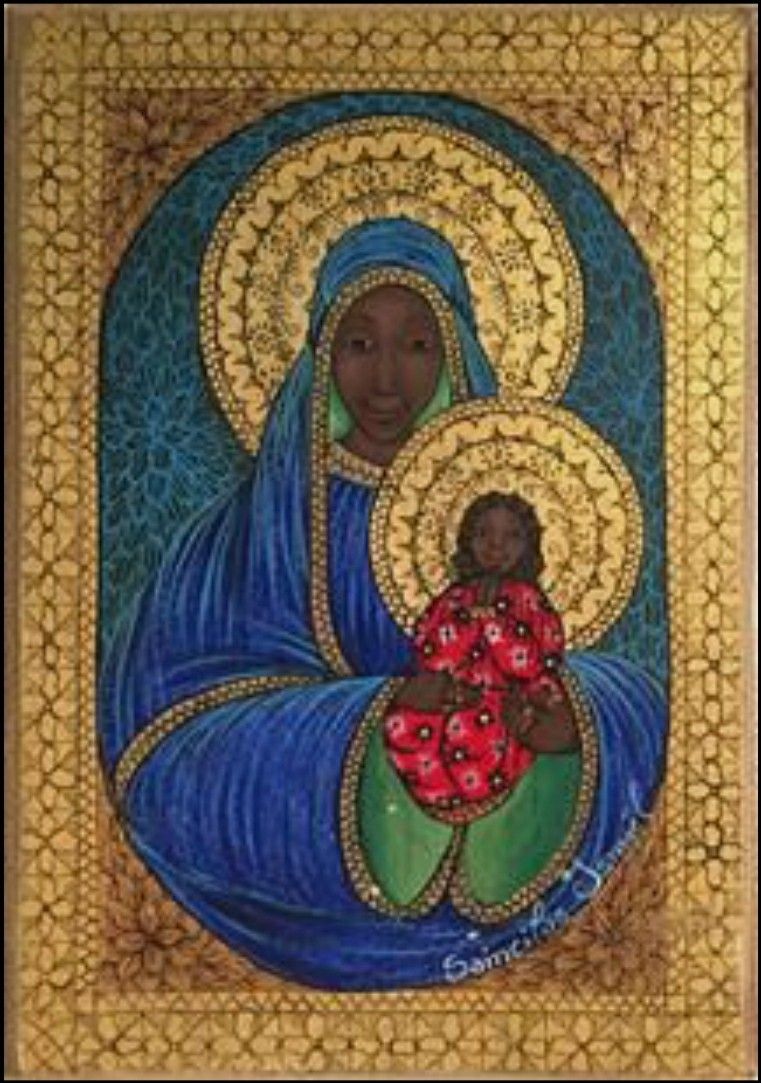
#Blue is one of colors that appears least often in nature, so it was one of the last to be manufactured by humans and highly valuable.
There is even some some evidence that blue's rarity meant that it was one of the last color words added to languages.
businessinsider.com.au/what-is-blue-a…
There is even some some evidence that blue's rarity meant that it was one of the last color words added to languages.
businessinsider.com.au/what-is-blue-a…
[[Side note: this article traces theories on why Homer (~8th century BC) uses the phrase "wine-dark sea" nytimes.com/1983/12/20/sci…]]
The Egyptians were the first to make blue reliably, first from minerals and plants, and later from lapis lazuli rocks imported from Afghanistan.
artsy.net/article/artsy-…
artsy.net/article/artsy-…
For the Egyptians, blue was associated with the sky and therefore divinity, and offered protection and representing the eyes of god: flickr.com/photos/charles… 



The Hebrew Bible also references lapis lazuli (Ex 24:10), but there is some debate about how to translate words for purple and blue (תְּכֵלֶת).
Example: Esther 1:6
"hangings of white and blue linen" NIV
"hangings of fine white and violet linen" NASB biblegateway.com/passage/?searc…
Example: Esther 1:6
"hangings of white and blue linen" NIV
"hangings of fine white and violet linen" NASB biblegateway.com/passage/?searc…
The Hebrews also found special meaning and value in blue.
The Levites spread a blue cloth over the Ark of the Covenant (Num 4:6).
The people were to put on "the tassel of each corner a cord of blue" ... so they would "remember all the commandments of the Lord" (Num 15:38)
The Levites spread a blue cloth over the Ark of the Covenant (Num 4:6).
The people were to put on "the tassel of each corner a cord of blue" ... so they would "remember all the commandments of the Lord" (Num 15:38)

Fast forward to Mary's time.
For the Romans, blue was the color of working class, not royalty.
Apparently, "Julius Caesar reported that the Celts and Germans dyed their faces blue to frighten their enemies, and tinted their hair blue when they grew old." en.wikipedia.org/wiki/Blue
For the Romans, blue was the color of working class, not royalty.
Apparently, "Julius Caesar reported that the Celts and Germans dyed their faces blue to frighten their enemies, and tinted their hair blue when they grew old." en.wikipedia.org/wiki/Blue
But during the Byzantine empire (5th century), #blue became associated with Mary, femininity, virginity, purity, and divinity.
Mary was considered the new Ark of the Covenant, the one who carried within her the image of the Invisible God.



Mary was considered the new Ark of the Covenant, the one who carried within her the image of the Invisible God.




Over time, blue and light blue would come to be considered feminine, soft colors.
Red and pink were more earthy and masculine, related to battle and the stain of blood on clothing.
So baby Jesus wore pink, adult Jesus wore red, and so do medieval warriors.


Red and pink were more earthy and masculine, related to battle and the stain of blood on clothing.
So baby Jesus wore pink, adult Jesus wore red, and so do medieval warriors.



Interestingly, the gendered meanings of blue and red reversed in the 1900s.
In the 1920s, little boys wore pink, but this shifted during the 1940s and thru women's liberation movement of the 1960s.
By the 1980s, ultrasound led to hyper gendered clothing smithsonianmag.com/arts-culture/w…
In the 1920s, little boys wore pink, but this shifted during the 1940s and thru women's liberation movement of the 1960s.
By the 1980s, ultrasound led to hyper gendered clothing smithsonianmag.com/arts-culture/w…
I promised to discuss whiskey, right? 🥃
One of the ways to make the color blue in early America was through a distilling process.
This meant that if someone wanted to setup a bootlegging operation, they could create Dye Shop front for a liquor making business in the back.
One of the ways to make the color blue in early America was through a distilling process.
This meant that if someone wanted to setup a bootlegging operation, they could create Dye Shop front for a liquor making business in the back.

My last name is Dyer (like a painter paints, a dyer dyes), and my earliest relative, also named John Dyer immigrated from the UK to the US around 1800.
So I was delighted when I found @BlueDyerSpirits in Southern Maryland which takes its name from the era's bootleggers.
So I was delighted when I found @BlueDyerSpirits in Southern Maryland which takes its name from the era's bootleggers.

Bringing it all together, the color #blue is rare and challenging to make, so it was imbued with deep significance in ancient and modern cultures, eventually representing the coming of God in human flesh through Mary.
Thank you God, for beauty, incarnation, and resurrection.
Thank you God, for beauty, incarnation, and resurrection.

• • •
Missing some Tweet in this thread? You can try to
force a refresh





